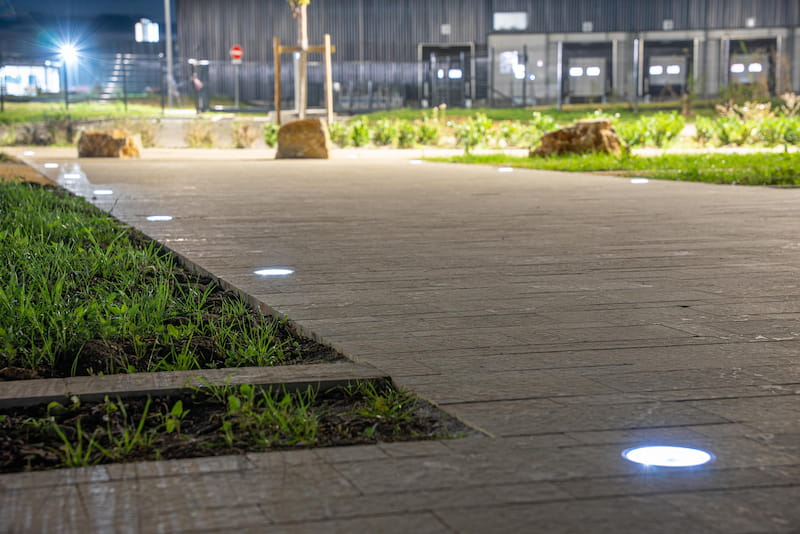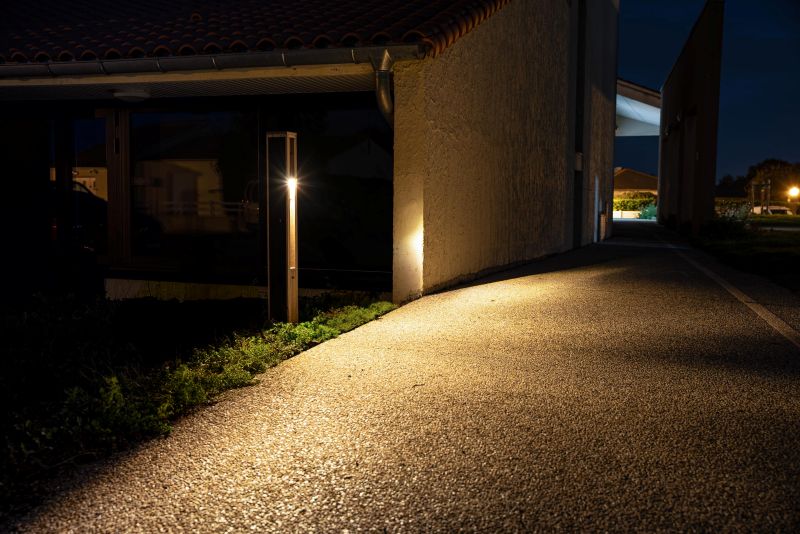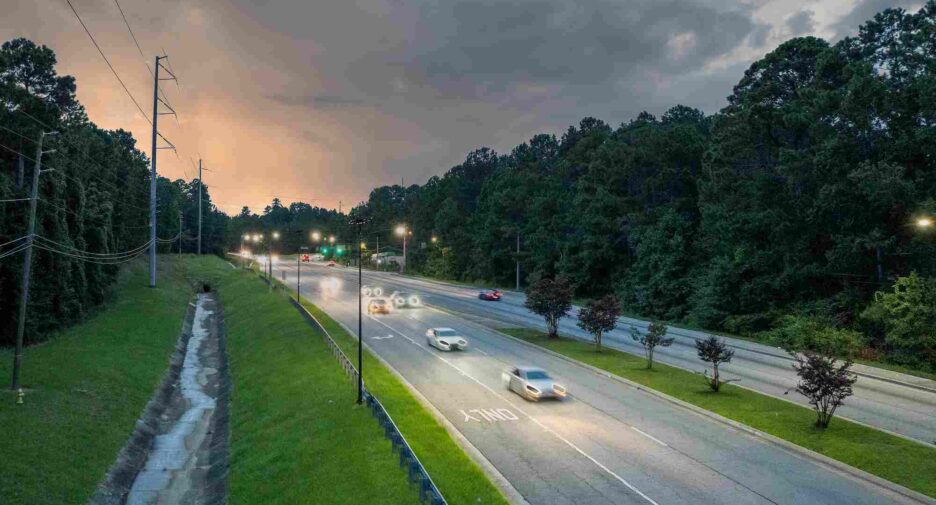Light as a Common Language
Every day, pedestrians and vehicles share space in parking lots, drop-off zones, and mixed-use streets. These are some of the most dynamic and high-risk environments in our built world. Signs and painted lines help establish order, but once daylight fades, those cues are harder to see—and the risks increase.
Lighting can bridge that gap. More than just illumination, it can serve as a common language that both drivers and pedestrians instinctively understand. A well-placed light line along a walkway or crossing tells people where to move, while signaling to drivers where to slow down and yield. Unlike barriers or fencing, light creates separation through subtle, intuitive design.
Nowatt brings this idea to life with off-grid, architectural solar lighting. By combining safety, sustainability, and design-forward form, Nowatt solutions guide behavior naturally—helping pedestrians and vehicles coexist more safely in shared environments.
Table of Contents

The Risks of Blurred Boundaries
Shared spaces like parking lots, drop-off zones, and pedestrian plazas are designed for efficiency—but when the line between people and vehicles isn’t clear, safety suffers. Without strong visual cues, these areas often become sites of conflict and confusion.
Common risks include:
- Drivers unsure of pedestrian zones when markings fade or are poorly lit
- Crosswalks that disappear after dark, leaving pedestrians less visible
- Unpredictable pedestrian movement in spaces that don’t feel guided or defined
- Congestion and hesitation, as vehicles and people compete for the same space
Overhead fixtures alone rarely solve these problems. While they flood the area with light, they don’t define the boundaries that guide behavior. Paint and signage help during the day but lose impact at night.
This lack of clarity can lead to frustration, slower circulation, and preventable accidents. The solution lies in making boundaries unmistakable—and that’s where Nowatt’s approach to light as language becomes essential.
Light as Language: Defining Safe Separation
Safety doesn’t always require barriers. Sometimes, the most effective solutions are the ones that guide behavior subtly, through cues that everyone understands. Light is one of those cues. When used intentionally, it communicates boundaries without words or signage, allowing pedestrians and drivers to share space more confidently.
Nowatt’s solar lighting brings this principle to life. Bollards and marker lights placed along walkways, curbs, and crossings create clear, illuminated edges that people naturally follow. Drivers recognize a lit crossing as a zone to slow down; pedestrians see a defined path that feels safe and accessible.
Key advantages of this “light language” approach include:
- Safer crossings and curbs, visible from a distance and in all conditions
- Natural wayfinding, where people follow the light rather than searching for signs
- ADA-friendly guidance, supporting accessibility for all users
- Less visual clutter, with light replacing excessive signage or fencing
By defining space with illumination instead of barriers, Nowatt creates shared zones that function smoothly and safely—supporting both mobility and design integrity.

Off-Grid Lighting for Resilient, Human-Centered Design
Creating safer separation between people and vehicles only works if the lighting is reliable. Traditional wired systems, however, often fall short—requiring trenching across busy areas, tying into utilities, and remaining vulnerable to outages or copper theft. These obstacles add cost, disruption, and long-term risk to projects that need simple, dependable solutions.
Nowatt’s solar lighting avoids these pitfalls with off-grid performance and resilient design. Each bollard or marker light operates independently, delivering consistent illumination without trenching, cabling, or utility dependence. That reliability is paired with sustainable engineering, making Nowatt systems as durable as they are design-forward.
Key advantages include:
- Fast installation with no disruption to active lots, plazas, or drop-off zones
- Reliable operation during storms or grid failures for year-round safety
- Zero operating costs, with no electricity bills or wiring maintenance
- Sustainable design featuring recyclable components and dark-sky compliant optics
- 10+ years of service life with minimal maintenance needs
This combination of resilience and sustainability makes Nowatt lighting an accessible solution for municipalities, campuses, and developers looking to prioritize human-centered safety without sacrificing aesthetics or budget.
Building Safer Shared Spaces
The most successful shared environments are those that balance efficiency with safety. People and vehicles can coexist in the same space—but only when boundaries are clear and navigation feels natural. By using light as language, Nowatt solar lighting provides that clarity, guiding behavior in a way that is intuitive, resilient, and sustainable.
From retail centers to campuses, transit hubs to civic plazas, Nowatt systems create safer separation without barriers or disruption. They bring definition to crosswalks, curbs, and pedestrian zones while enhancing the overall design of a site. The result is an environment that feels safer, moves more smoothly, and reflects a commitment to community wellbeing.
Reach out to a Fonroche Team Member today to discover how Nowatt solar lighting can help you design safer, smarter spaces where people and vehicles coexist with confidence.

